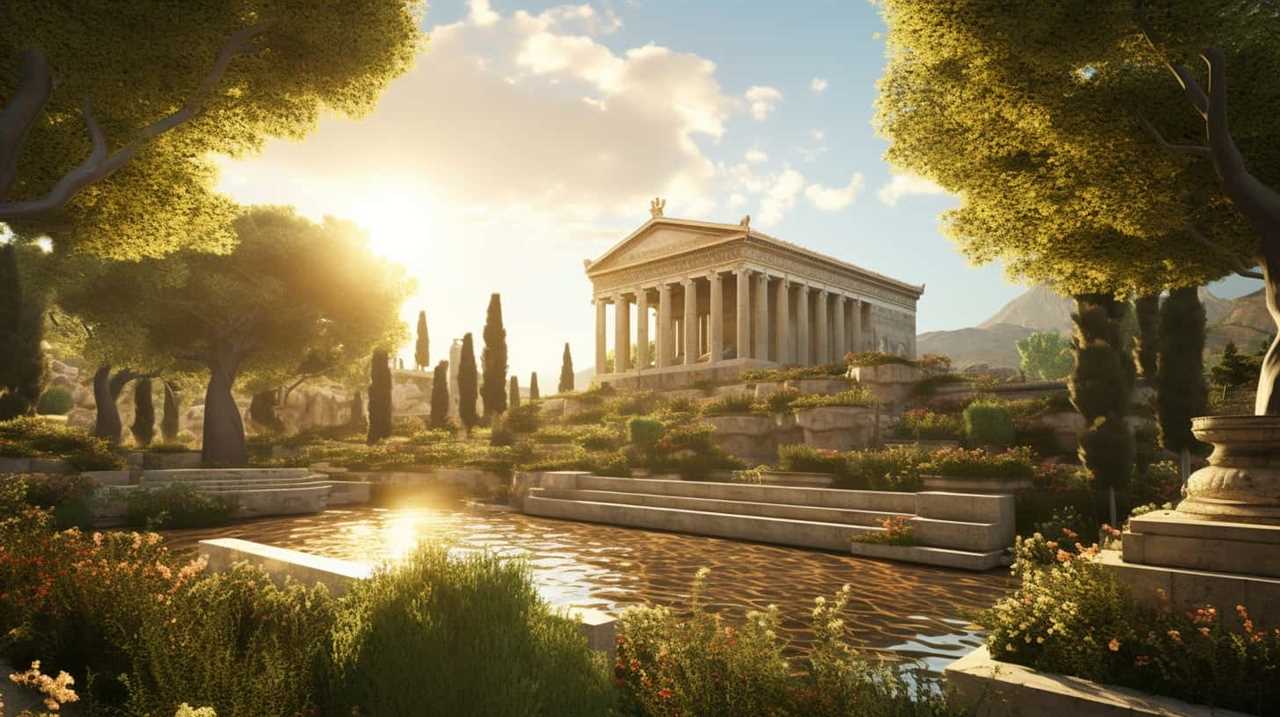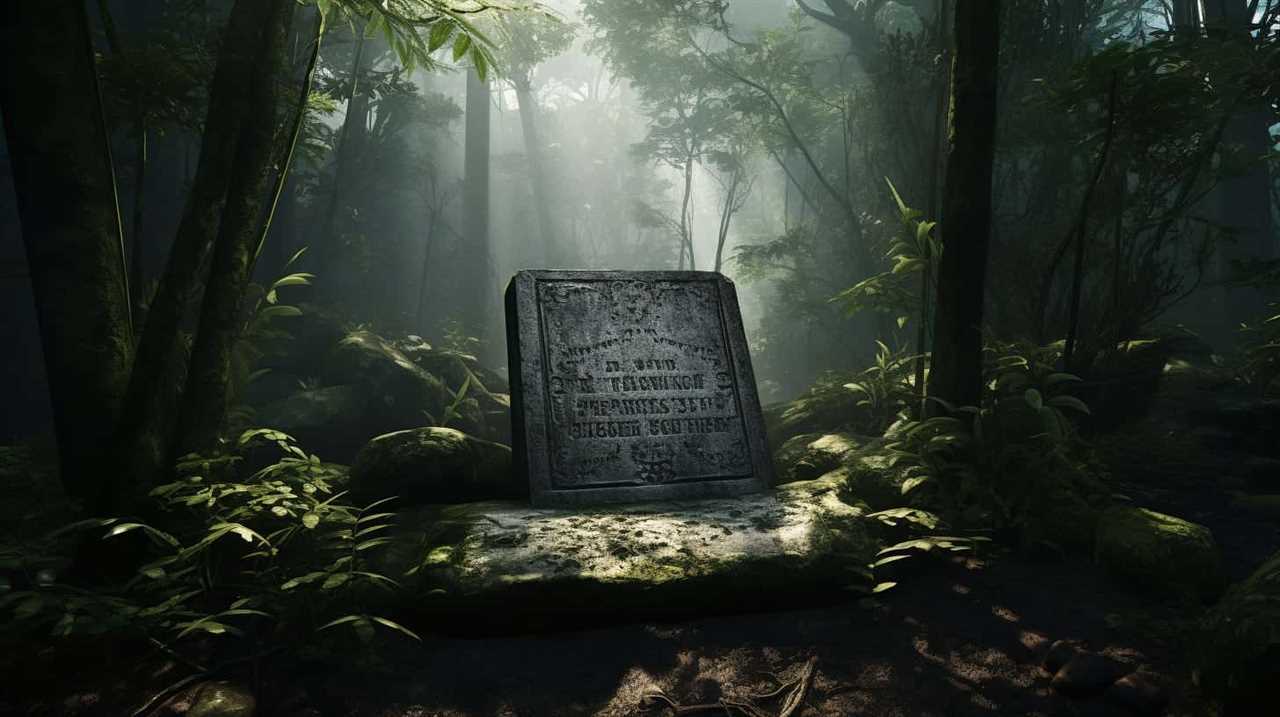Welcome to the “Exploring Socrates: Dialogues and Quotes Guide,” where we embark on a journey to unravel the wisdom of one of the most influential philosophers in history. While some may argue that studying Socrates’ philosophy is irrelevant in today’s fast-paced world, we strongly disagree.
This guide is designed for those who crave mastery and seek a deeper understanding of philosophical thought. Within its pages, you will find an exploration of Socrates’ most influential dialogues and insightful quotes, allowing you to delve into his profound teachings.
From ‘The Apology’ to ‘The Republic,’ we will navigate through the intellectual depths of Socrates’ mind, uncovering timeless lessons that still resonate today.
So join us on this enlightening quest and let Socrates guide us towards a greater understanding of ourselves and the world around us.

Key Takeaways
- The Socratic Method and critical thinking are essential tools for uncovering truth and knowledge, promoting deeper understanding and self-reflection.
- The dialogues explore the concepts of piety, morality, and universal morality, questioning beliefs, challenging preconceived notions, and reflecting on moral judgments and the existence of universal moral standards.
- Love, rhetoric, and persuasion are interconnected, with rhetoric being advocated as a means to pursue knowledge and truth. The dialogues also delve into the nature of love, its connection to wisdom and understanding, and the invitation to seek truth in the realm of love and philosophy.
- Justice, governance, and the ideal society are explored, with Socrates providing insights on justice, the role of rulers, the structure of an ideal society, and the importance of education in shaping character. The allegory of the cave is used to illustrate the journey from ignorance to enlightenment in the pursuit of justice.
The Apology
In the dialogue titled ‘The Apology’, we delve into Socrates’ defense against the charges brought against him. This dialogue is significant because it not only showcases Socrates’ unique method of inquiry, known as the Socratic method, but also provides insights into his character and philosophical beliefs.
During his trial, Socrates defends himself by engaging in a thought-provoking dialogue with his accusers. He uses the Socratic method to question their beliefs and expose inconsistencies in their arguments. By doing so, he aims to challenge their assumptions and encourage critical thinking. This method emphasizes the importance of self-examination and intellectual honesty.
Socrates’ defense in court isn’t just a matter of preserving his own life; it’s a testament to his commitment to truth and justice. He refuses to compromise his principles or renounce his philosophical pursuits, even in the face of death. Socrates’ unwavering dedication to his beliefs inspires us to question authority, seek knowledge, and defend our values.
The Euthyphro
‘The Euthyphro’ offers insight into the concept of piety and challenges our understanding of morality. In this dialogue, Socrates engages in Socratic questioning with Euthyphro, a self-proclaimed expert on religious matters, to explore the nature of piety. Through their conversation, several moral dilemmas arise, prompting us to question our own beliefs and values.
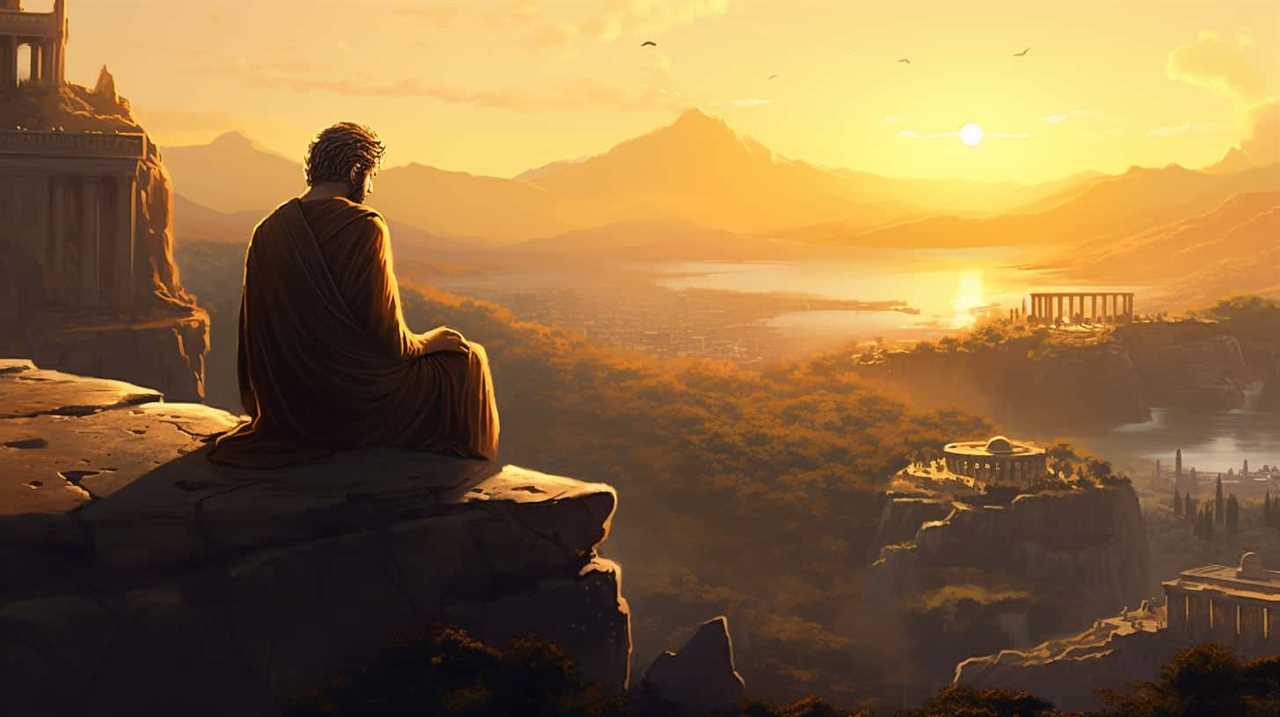
- Definition of Piety: Socrates asks Euthyphro to define piety, but Euthyphro struggles to provide a satisfactory answer. This raises the question: What’s the essence of piety, and how can we determine what’s truly pious?
- The Euthyphro Dilemma: Socrates poses the dilemma of whether an act is pious because the gods love it, or do the gods love it because it’s pious? This dilemma challenges the notion that morality is entirely dependent on religious authority.
- The Limits of Expertise: Socrates challenges Euthyphro’s claim of expertise by exposing the inconsistencies in his reasoning. This prompts us to reflect on the limitations of our own knowledge and expertise when it comes to moral judgments.
- The Search for Universal Morality: By examining various examples of what’s considered pious, Socrates aims to uncover a universal standard of morality. This prompts us to consider whether morality is subjective or if there are objective moral truths that apply to all.
Through its thought-provoking dialogue and exploration of moral dilemmas, ‘The Euthyphro’ invites us to question our own understanding of piety and morality, challenging us to strive for a deeper understanding of these fundamental concepts.
The Crito
Socrates engages in a thought-provoking dialogue with his friend Crito, exploring the concept of justice and the moral obligations of an individual. In ‘The Crito’, Socrates finds himself facing a moral dilemma: should he escape from prison to avoid his impending execution, or should he adhere to the principles of justice and accept his fate?
Throughout the dialogue, Socrates employs the Socratic method to challenge Crito’s arguments and to delve deeper into the nature of justice. The Socratic method, a form of inquiry and discussion, allows Socrates to guide Crito towards a deeper understanding of the moral implications of their choices. Socrates questions Crito’s belief that it’s morally justifiable to escape, highlighting the importance of obeying the laws of society and honoring one’s commitments. Through this method of questioning, Socrates encourages Crito to critically examine his own beliefs and consider the consequences of his actions.
Socrates’ moral dilemma in ‘The Crito’ raises profound questions about the nature of justice and the responsibilities of an individual within a society. By choosing to remain in prison and face execution, Socrates demonstrates his unwavering commitment to his principles. He argues that to escape would be to betray the laws of Athens, which he believes have given him a fair trial. Socrates challenges us to consider whether our personal desires and self-interest should always take precedence over the principles of justice and the greater good.
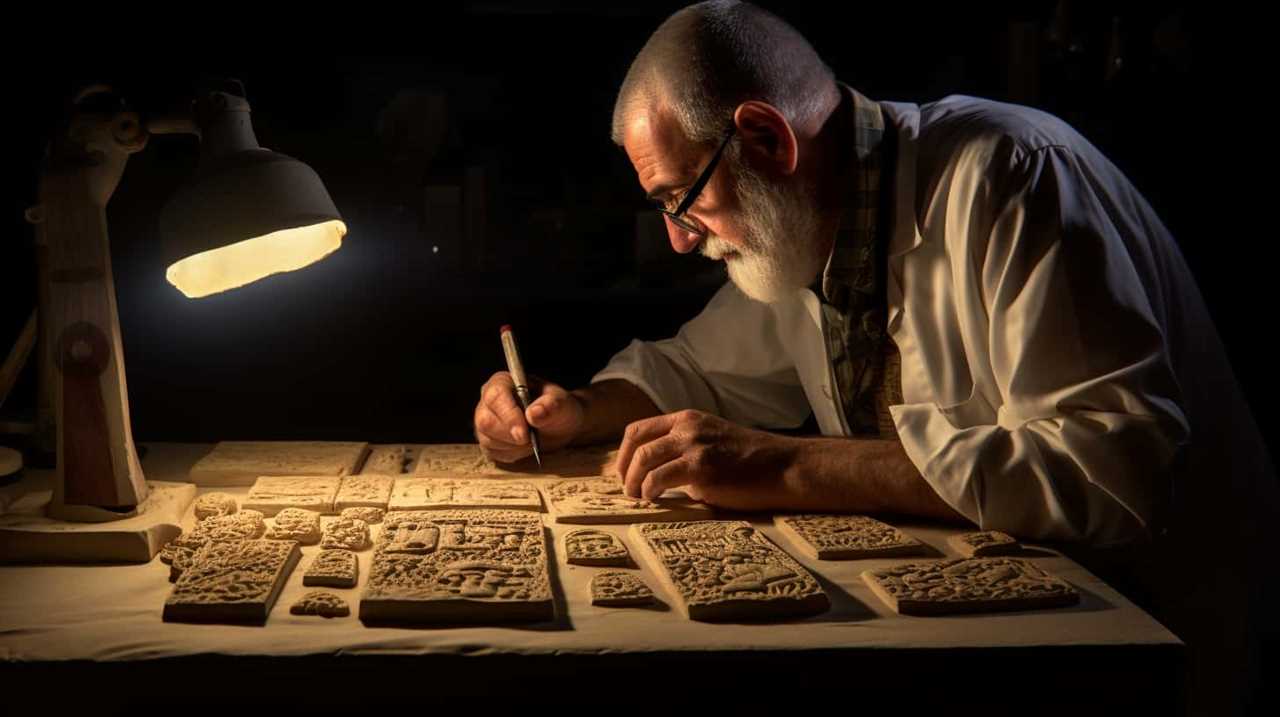
‘The Crito’ showcases Socrates’ analytical and inquisitive nature as he navigates the complexities of morality and societal obligations. Through his thought-provoking dialogue with Crito, Socrates prompts us to reflect on our own moral dilemmas and the choices we make in the pursuit of justice.
The Phaedrus
As we turn our attention to ‘The Phaedrus’, we’re compelled to examine the Socratic Method that’s employed throughout the dialogue. How does Socrates use his signature questioning technique to unravel the complexities of love and rhetoric? Is there a connection between the two?
In our exploration of ‘The Phaedrus’, we’ll delve into these questions and seek a deeper understanding of the intricate interplay between love, rhetoric, and the Socratic Method.
Socratic Method in Phaedrus
One of the key features of the Socratic Method can be seen in the dialogue of Phaedrus, where we engage in critical questioning and probing to uncover deeper truths. In this dialogue, Socrates and Phaedrus engage in a discourse about the nature of rhetoric and its role in persuasion.

Through Socratic questioning, they explore the ethical implications of using rhetoric for personal gain, and the importance of using rhetoric to promote truth and justice. They delve into the art of rhetoric analysis, dissecting the techniques used by orators to manipulate and persuade. Socrates challenges Phaedrus to think critically about the power of rhetoric and its potential to deceive.
This discussion sets the stage for the subsequent section, where we explore the connection between love and rhetoric.
Love and Rhetoric Connection
When exploring the connection between love and rhetoric in the dialogue of Phaedrus, we discover the profound impact that persuasive language can have on matters of the heart. Socrates, known for his Socratic method of questioning, also delves into the realm of love and its connection to the art of rhetoric. In the Phaedrus, Socrates explores the idea that love can inspire eloquence and persuasion in speech. Through the Socratic method’s influence on rhetoric, Socrates argues that true rhetoric should be grounded in the pursuit of knowledge and truth, rather than mere persuasion for personal gain. This raises intriguing questions about the power of language, the role of love in rhetoric, and the ethical responsibilities of the rhetorician.
| Love and Rhetoric Connection | Socratic Method’s Influence on Rhetoric | The Phaedrus |
|---|---|---|
| Explores the impact of persuasive language on matters of the heart | Advocates for rhetoric grounded in the pursuit of knowledge and truth | Socrates discusses love’s connection to eloquence and persuasion in speech |
The Symposium
Throughout the dialogues of Socrates, our exploration takes us to ‘The Symposium’, where we delve into the philosophical discussions and revelry of a gathering of intellectuals. The Symposium is a fascinating dialogue that explores the themes of love and philosophy in a unique and thought-provoking manner.

Love and Philosophy: The Symposium presents various perspectives on the nature of love and its connection to wisdom and understanding. Socrates engages in a series of conversations with other philosophers, each presenting their own ideas about the nature of love and its role in our lives.
Socrates and Aristophanes: One of the most memorable parts of The Symposium is the speech given by Aristophanes, the famous playwright. He presents a whimsical account of the origins of love, suggesting that humans were once whole beings, but were split into two halves, and love is the desire to be reunited with our other half.
Philosophical Discussions: The Symposium isn’t just a gathering of individuals engaging in revelry; it’s also a platform for profound philosophical discussions. The participants explore the nature of love, the pursuit of knowledge, and the relationship between desire and wisdom.
Uncovering Truth: The Symposium challenges us to question our understanding of love and philosophy. Through engaging dialogues and thought-provoking speeches, Socrates encourages us to critically examine our beliefs and assumptions and strive for a deeper understanding of these fundamental aspects of human existence.
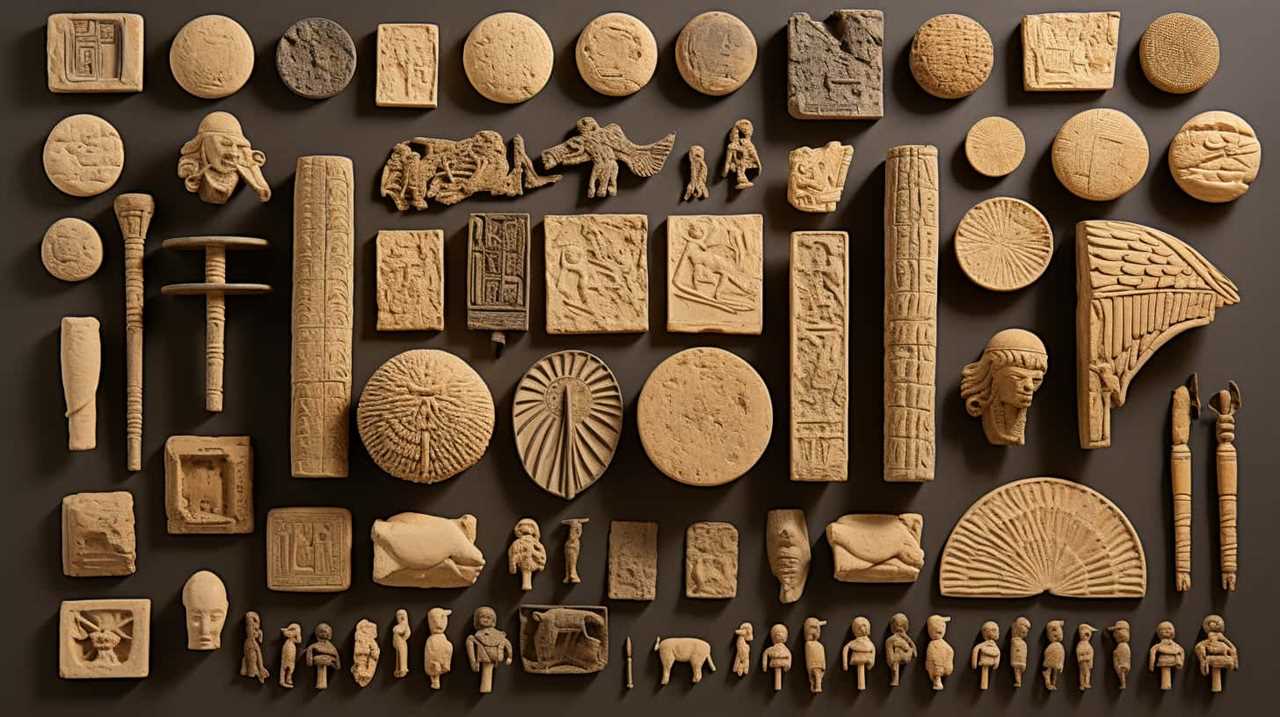
As we delve into The Symposium, we’re confronted with the complexities of love and the profound insights that philosophical inquiry can offer. It’s through Socrates’ guidance and the diverse perspectives of the participants that we’re invited to explore the depths of our own understanding and seek truth in the realm of love and philosophy.
The Meno
In ‘The Meno’, Socrates explores the concept of virtue’s teachability and the effectiveness of his Socratic method.
We’re intrigued by Socrates’ attempt to determine whether virtue can indeed be taught, or if it’s something innate.
Additionally, we’re curious to see how Socrates employs his unique method of questioning to guide the dialogue and uncover the truth.

How does Socrates challenge his interlocutors to critically examine their own beliefs and knowledge?
And ultimately, does he succeed in his pursuit of wisdom through his method?
Virtue’s Teachability
Socrates explores the teachability of virtue in The Meno. In this dialogue, Socrates questions whether virtue can be taught or if it’s an innate quality that some possess and others do not.
Here are four key points to consider in understanding virtue’s teachability:

- Virtue’s role: Socrates argues that virtue is essential for living a good and fulfilling life. It encompasses moral excellence and guides our actions towards the highest good.
- Socratic questioning: Socrates employs his method of questioning to engage in a dialogue with Meno, a young and ambitious politician. Through a series of probing questions, Socrates leads Meno to reflect on his understanding of virtue and its teachability.
- The paradox of knowledge: Socrates highlights the paradox that arises when trying to teach virtue. If one already knows what virtue is, there would be no need for instruction. However, if one doesn’t know, how can they recognize virtue when they encounter it?
- The nature of learning: Socrates suggests that learning isn’t the acquisition of new knowledge but rather the recollection of knowledge that already exists within us. In this sense, virtue can be seen as something that can be awakened through the process of questioning and self-reflection.
By examining these ideas, we can better understand the complexities surrounding the teachability of virtue.
Transitioning into the next section, we’ll now explore the effectiveness of Socratic method in uncovering truth and knowledge.
Socratic Method’s Effectiveness
We will now assess the effectiveness of the Socratic method in uncovering truth and knowledge in The Meno. Socrates’ use of critical thinking and questioning assumptions is evident throughout the dialogue, as he engages with Meno in a search for the nature of virtue. The Socratic method, characterized by a series of probing questions, challenges Meno’s preconceived notions and forces him to critically examine his own beliefs. This method proves effective in uncovering the limitations of Meno’s understanding and stimulating intellectual growth. To illustrate this, let us consider the following table:
| Socratic Method | Effectiveness |
|---|---|
| Critical thinking | Promotes deeper understanding and self-reflection |
| Questioning assumptions | Challenges preconceived notions and encourages critical examination |
Through the Socratic method, Socrates encourages critical thinking and the questioning of assumptions, leading to a more thorough exploration of truth and knowledge.
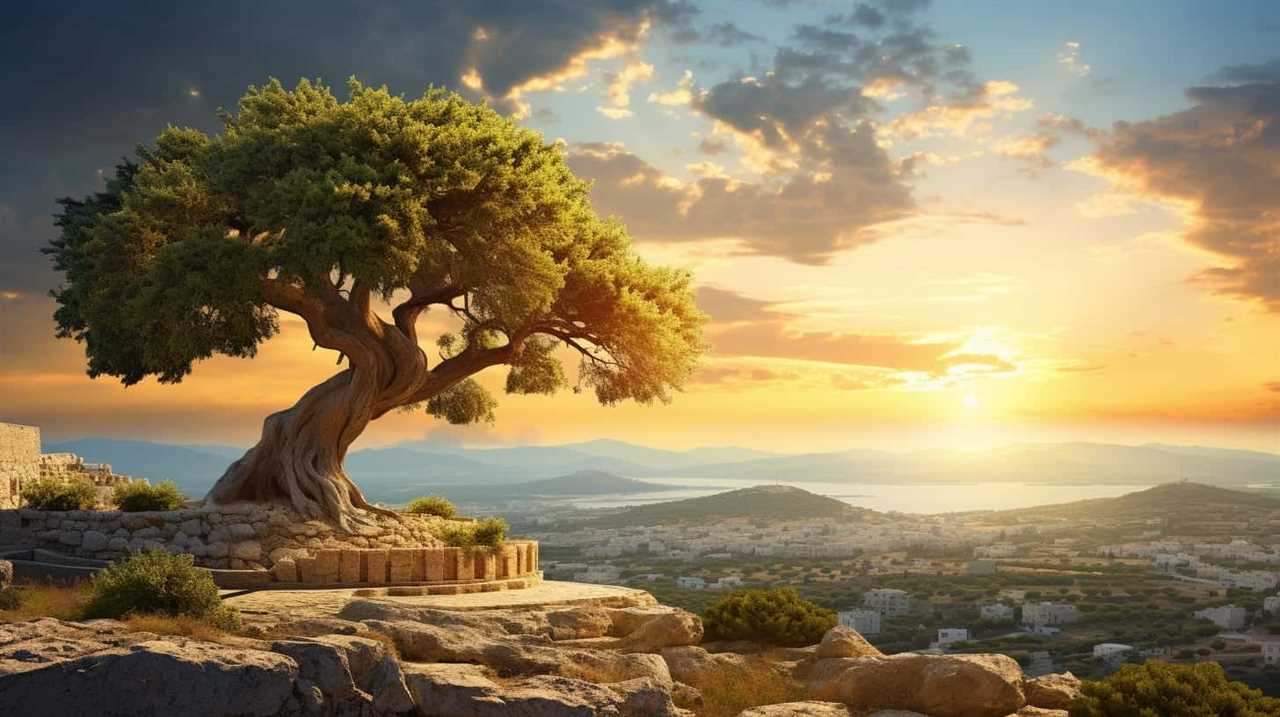
The Republic
Our exploration of The Republic delves into Socrates’ profound insights on justice, governance, and the ideal society. In this influential work, Socrates explores the concept of justice through a series of dialogues with his fellow philosophers.
Here are four key aspects of The Republic that highlight its significance:
- The Allegory of the Cave: Socrates uses this powerful metaphor to illustrate the journey from ignorance to enlightenment. He suggests that true knowledge can only be attained by breaking free from the illusions of the material world and embracing the realm of ideas.
- The Ideal State: Socrates envisions a just society governed by philosopher kings, individuals who possess both wisdom and a deep understanding of the good. These philosopher kings are the guardians of the state and ensure that justice prevails through their knowledge and virtue.
- The Tripartite Soul: Socrates introduces the concept of the soul being divided into three parts: reason, spirit, and desire. He argues that a harmonious soul is essential for achieving justice in both the individual and the state.
- The Education of the Guardians: Socrates emphasizes the importance of education in shaping the character of the guardians. He proposes a rigorous system of education that focuses on cultivating virtues such as wisdom, courage, and temperance.
The Phaedo
The Phaedo offers profound insights into the nature of the soul and its immortality. Socrates engages in a philosophical inquiry about the existence of the soul beyond death, presenting arguments that challenge the fear of death and emphasize the importance of philosophical contemplation.
The dialogue begins with Socrates’ declaration that true philosophers shouldn’t fear death. He asserts that the body is a hindrance to the pursuit of wisdom, and therefore, the soul’s separation from the body through death is a liberation.

Socratic immortality, as revealed in The Phaedo, isn’t about the perpetuation of the individual soul, but rather the immortality of the soul’s knowledge and wisdom through the process of reincarnation. Socrates argues that the soul is immortal because knowledge isn’t a product of sensory experience but a recollection of eternal truths. By engaging in philosophical inquiry, one can access this knowledge and attain true understanding.
Through logical reasoning and profound introspection, Socrates invites us to contemplate the nature of the soul and its continued existence beyond the physical realm. The Phaedo challenges us to embark on a lifelong pursuit of wisdom and to embrace philosophical inquiry as a means of transcending the limitations of mortality.
The Gorgias
In the dialogue titled ‘The Gorgias’, Socrates engages in a thought-provoking discussion about the nature of rhetoric and its relationship to justice. This dialogue, one of Plato’s most famous works, explores the concept of Socratic rhetoric and its implications for society.
Here are four key takeaways from Socrates’ views on justice in ‘The Gorgias’:
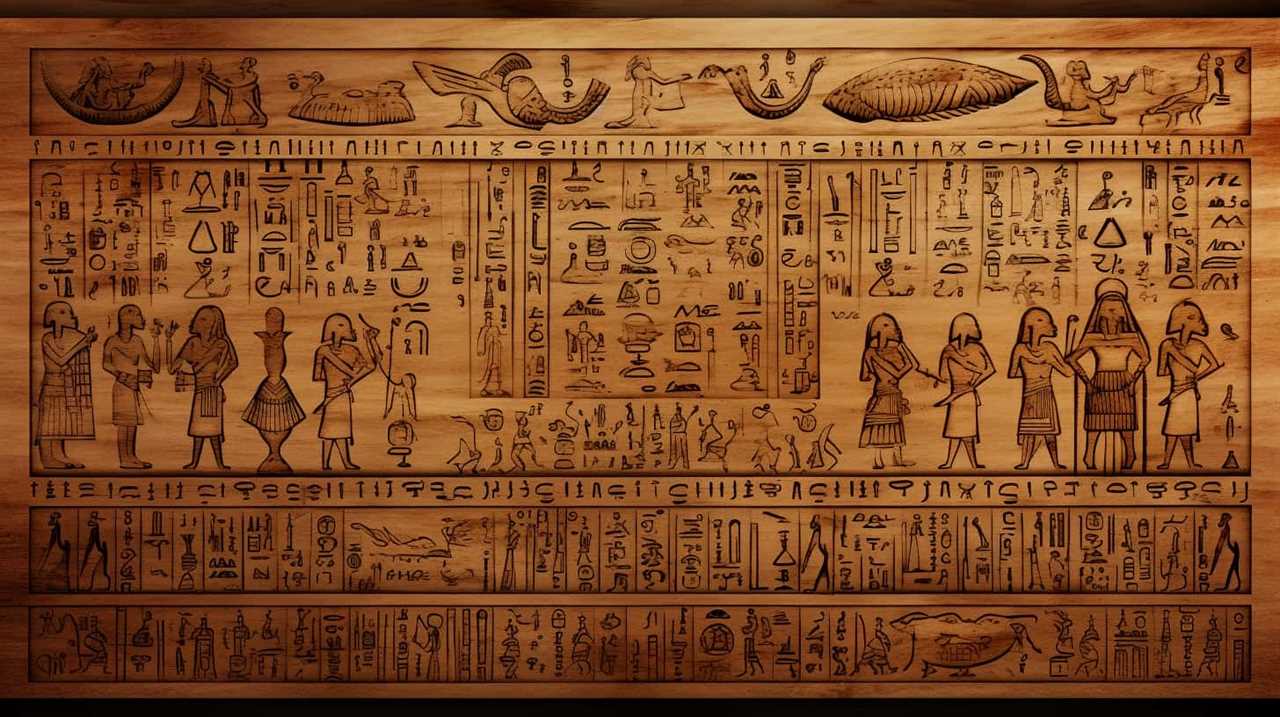
- Rhetoric and justice: Socrates argues that true rhetoric should aim to promote justice and virtue, rather than simply manipulating and persuading others. He believes that the role of rhetoric should be to lead people towards the truth and to foster moral character.
- The power of knowledge: Socrates emphasizes the importance of knowledge in the pursuit of justice. He asserts that those who possess true knowledge will always act justly, as they understand the inherent value and righteousness of justice.
- The dangers of unchecked power: Socrates warns against the dangers of allowing individuals with persuasive rhetoric but lacking moral character to hold positions of power. He argues that such individuals can easily manipulate others for their own selfish interests, rather than acting in the best interest of the community.
- The pursuit of wisdom: Socrates encourages individuals to engage in philosophical inquiry to gain wisdom and insight into the nature of justice. He believes that through self-examination and critical thinking, individuals can cultivate a just and virtuous society.
Through this dialogue, Socrates challenges conventional notions of rhetoric and provides a thought-provoking exploration of justice and its relationship to rhetoric. It invites us to reflect on the importance of knowledge, morality, and wisdom in the pursuit of justice.
The Protagoras
Continuing our exploration of Socrates’ dialogues, we delve into ‘The Protagoras’, where Socrates engages in another enlightening discussion on the nature of virtue and its connection to education. In this dialogue, Socrates’ characteristic Socratic questioning method is on full display as he challenges the renowned sophist, Protagoras, on his views regarding the teachability of virtue. The central theme of the dialogue revolves around the idea of moral relativism, which suggests that virtue is subjective and varies from person to person.
To better understand the arguments put forth by Socrates and Protagoras, let us examine the following table:
| Socratic Questioning | Moral Relativism |
|---|---|
| How can virtue be taught? | Is virtue subjective? |
| Can virtue be acquired through education? | Does virtue differ from person to person? |
| What is the role of education in cultivating virtue? | Are there universal moral standards? |
| Are virtue and knowledge interconnected? | Can individuals determine their own moral truths? |
Through Socratic questioning, Socrates challenges Protagoras’ belief in moral relativism and aims to establish the existence of universal moral standards that can be taught and cultivated through education. This dialogue prompts us to ponder the nature of virtue and its relationship to education, ultimately inviting us to critically examine our own moral beliefs and values.

Frequently Asked Questions
What Are the Main Themes and Ideas Explored in Socrates’ Dialogues?
In Socrates’ dialogues, the main themes revolve around the pursuit of knowledge, the nature of justice, and the examination of one’s own beliefs. Through engaging conversations, Socrates challenges and explores these ideas, prompting deeper understanding and self-reflection.
How Did Socrates’ Philosophical Ideas Influence the Development of Western Philosophy?
How did Socrates’ philosophical ideas influence the development of Western philosophy? His relentless pursuit of truth, his method of questioning, and his emphasis on self-reflection left a lasting legacy on Western thought, shaping the foundations of philosophy.
What Were Some of the Criticisms and Challenges Faced by Socrates During His Lifetime?
Criticisms and challenges were aplenty for Socrates during his lifetime. His relentless questioning of societal norms and his unyielding pursuit of truth made him a target for those threatened by his radical ideas.
How Do the Dialogues of Socrates Contribute to Our Understanding of His Personality and Character?
How do Socrates’ dialogues contribute to our understanding of his personality and character? By engaging in thought-provoking conversations with fellow Athenians, Socrates reveals his intellectual curiosity, critical thinking skills, and his role as a philosophical gadfly in Athenian society.

What Impact Did Socrates’ Teachings Have on His Students, Particularly Plato and Xenophon?
What impact did Socrates’ teachings have on his students, particularly Plato and Xenophon? Socrates’ teachings had a profound impact on Plato, shaping his philosophical ideas and influencing his writing. Xenophon, on the other hand, seems to have been more influenced by Socrates’ practical wisdom and moral teachings.
Conclusion
In exploring the dialogues and quotes of Socrates, we’ve delved into a vast treasure trove of wisdom and philosophical inquiry.
Through his thought-provoking conversations, Socrates challenged the beliefs and knowledge of his time, leaving a lasting impact on Western philosophy.
As we journeyed through his works, one fascinating statistic emerged: Socrates’ teachings influenced the renowned philosopher, Plato, who in turn mentored Aristotle, shaping the foundations of philosophy for generations to come.

This lineage of intellectual discourse continues to shape our understanding of the world today.
Fritz is a writer whose humor and wit infuse life into words. His creativity, combined with a profound love for the English language, makes him a unique voice at afterQuotes. Fritz’s engagement with books, culture, and social media adds depth to his contributions, making them resonate with our diverse audience.
